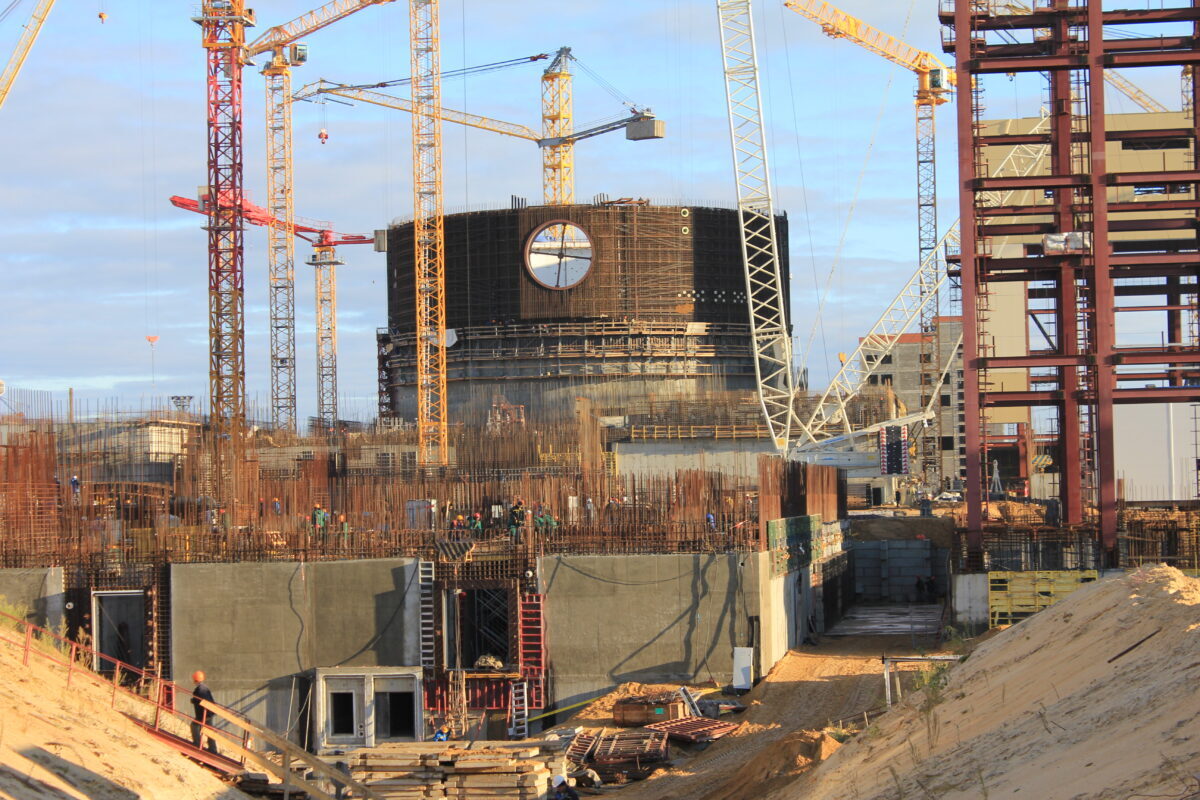“But even in the only country that is massively building, China, nuclear development is comparatively marginal. In 2023, China started up one new nuclear reactor, that is plus 1 GW, and more than 200 GW of solar alone. Solar generated 40% more power than nuclear and all non-hydro renewables—mainly wind, solar, and biomass—generated four times as much as nuclear.”
The report also highlights how nuclear power is being challenged not only by the strong growth of solar and wind, but also by battery storage, whose costs are projected to decline below those of coal-fired and nuclear power plants by around 2025 in China. “Solar plus storage is already significantly lower than nuclear power in most markets today, as well as highly competitive with other low-emissions sources of electricity that are commercially available today,” it also notes.
The authors also cite data from investment bank Lazard revealing that solar-plus-storage can already be cheaper than gas peaking and new nuclear. “The competitive cost and large-scale availability of variable renewable energy sources combined with firming options—especially storage—could well turn out to be the game-changer of energy policy in the years to come,” they further explain.



Meh… this only makes sense in giant installations on the far side of the moon, then laser down the power.
Covering the world in solar panels… not so much.
A bit more than half of the land used to grow corn for ethanol in the USA, is needed for a photovoltaic system to power the entire country according to Prof. Mark Z Jacobson (who calculated it according to 2050 energy needs after full electrification).
Yep, definitely not usable for a decentralized power grid. All those wasted PV cells on all those homes which now generate most of their used electricity themselves. Too bad that doesn’t work.